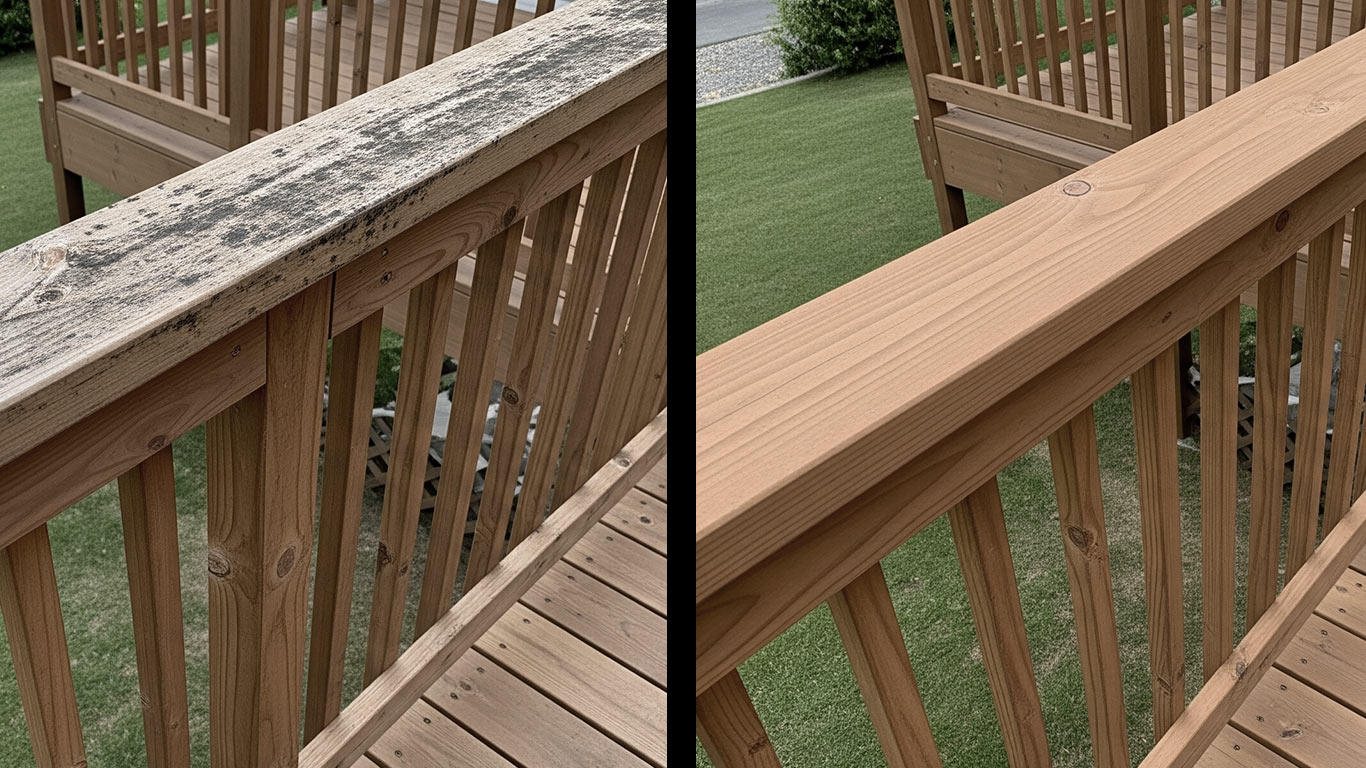
FDA
FDA 21 CFR 1040.10 - Laser Product Performance Standards



When laser cleaning Cedar, keep an eye on its natural porosity, which draws contaminants deep into the wood, so you'll need to tweak scan speeds to prevent uneven ablation. That same porosity helps bounce back surface integrity fast afterward, letting vapors vent out freely without trapping heat under the wood fibers.
Grime clings to the cedar's porous fibers, making the surface look uneven and dull. Fine particles scatter across the textured ridges, blocking the natural wood patterns below. Dark residues fill the tiny crevices, giving the whole area a coated and obscured appearance.
Laser treatment removes the grime from the cedar's porous fibers, revealing a smooth and vibrant surface. The fine particles vanish from the textured ridges, exposing clear wood patterns underneath. Light residues disappear from the tiny crevices, restoring

FDA 21 CFR 1040.10 - Laser Product Performance Standards

ANSI Z136.1 - Safe Use of Lasers

IEC 60825 - Safety of Laser Products

OSHA 29 CFR 1926.95 - Personal Protective Equipment

EPA Clean Air Act Compliance